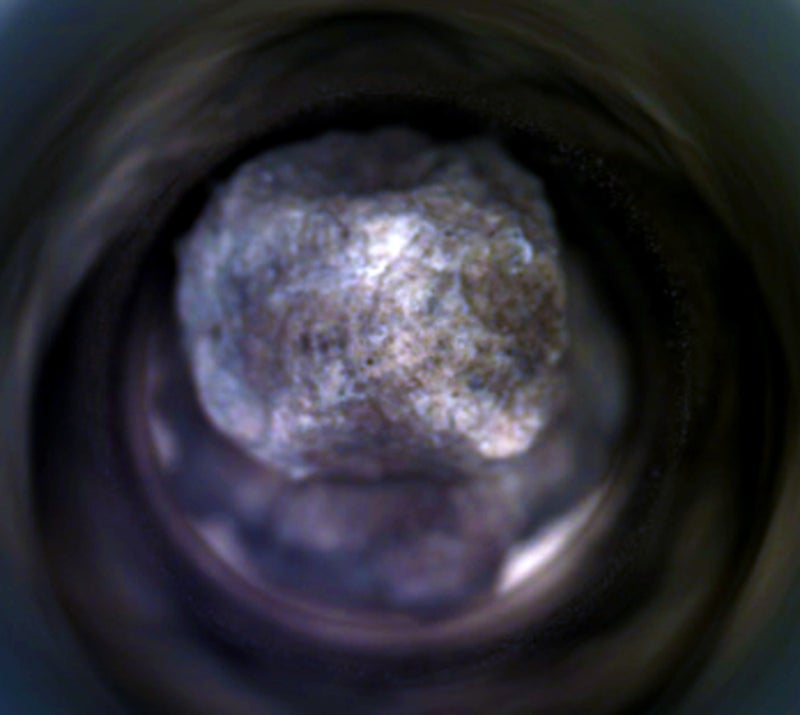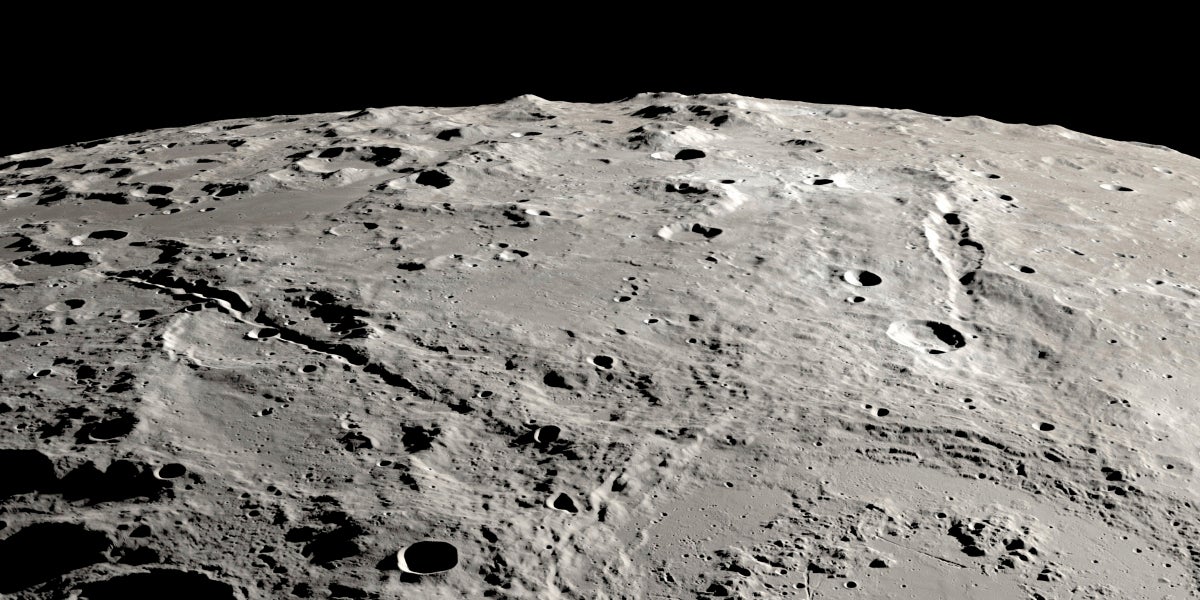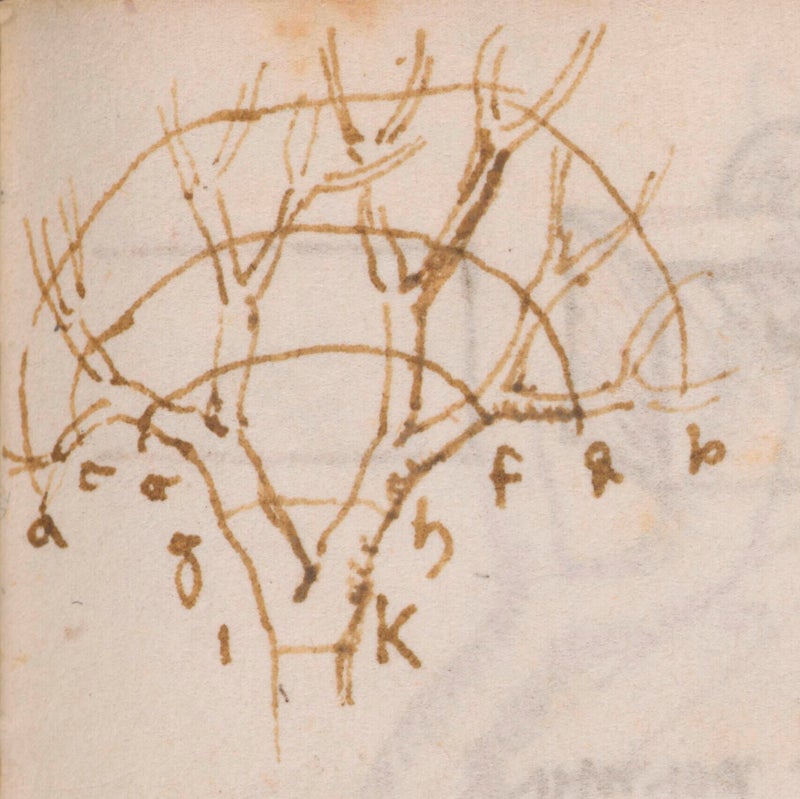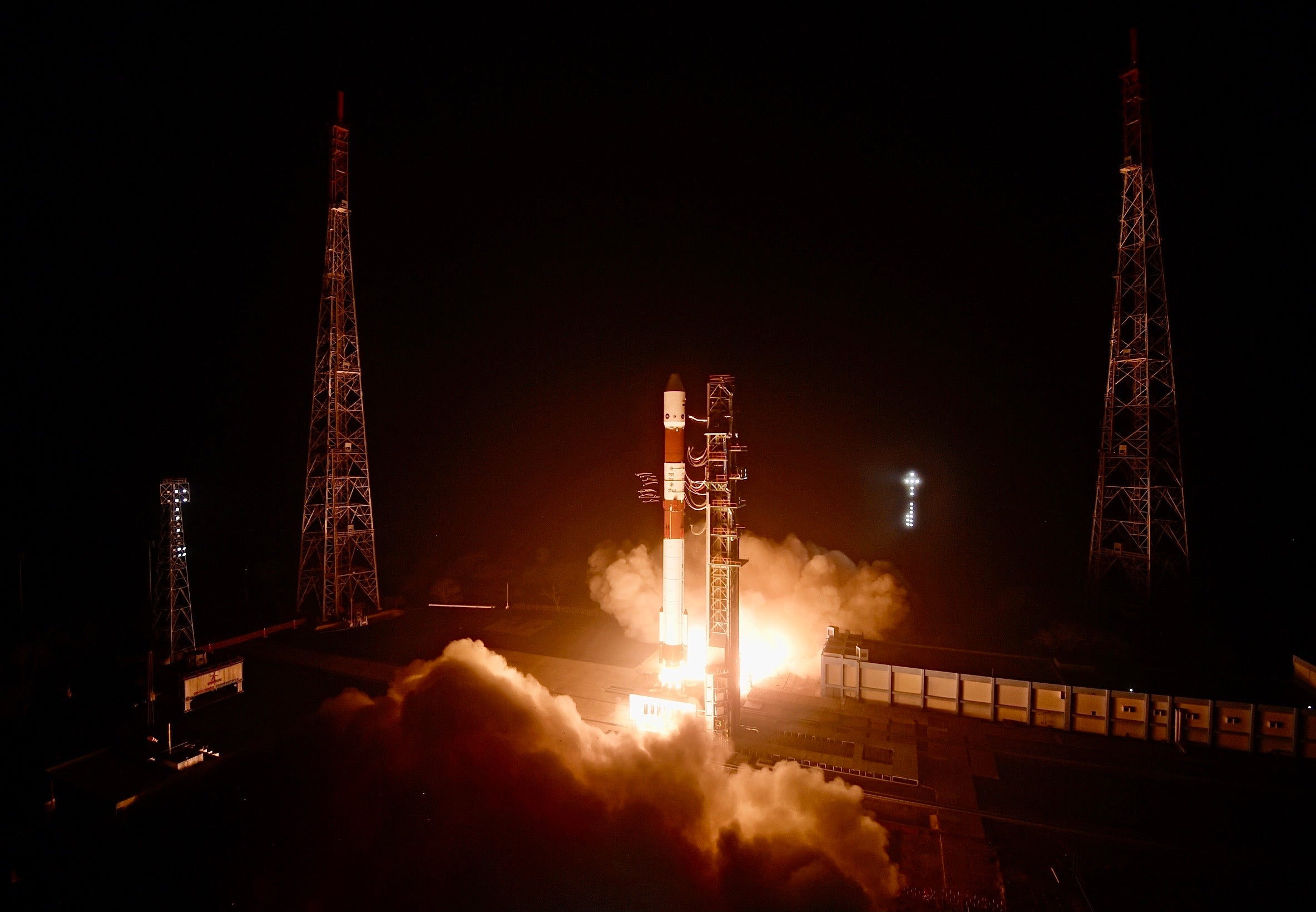The radar data from China’s Zhurong rover has revealed buried beneath the Martian surface evidence of what look like sandy beaches from the shoreline of a large ocean that may have existed long ago on the planet’s northern plains.
“The Martian surface has changed dramatically over 3.5bn years, but by using ground-penetrating radar we found direct evidence of coastal deposits that weren’t visible from the surface,” said Hai Liu, a Guangzhou University planetary scientist and a member of the science team for China’s Tianwen-1 mission that included the rover.
On Earth, beach deposits of this size would have needed millions of years to form, the researchers said, suggesting that on Mars there was a large and long-lived body of water with wave action that distributed sediments carried into it by rivers flowing from nearby highlands.
A study published last year based on seismic data obtained by Nasa’s robotic InSight lander found that an immense reservoir of liquid water may reside deep under the Martian surface within fractured igneous rocks.
China’s Zhurong rover finds evidence resembling shoreline of large ocean that may have existed 3.5bn to 4bn years ago.


























-with-joint-first-authors-Dr.jpeg?auto=webp&width=800)




